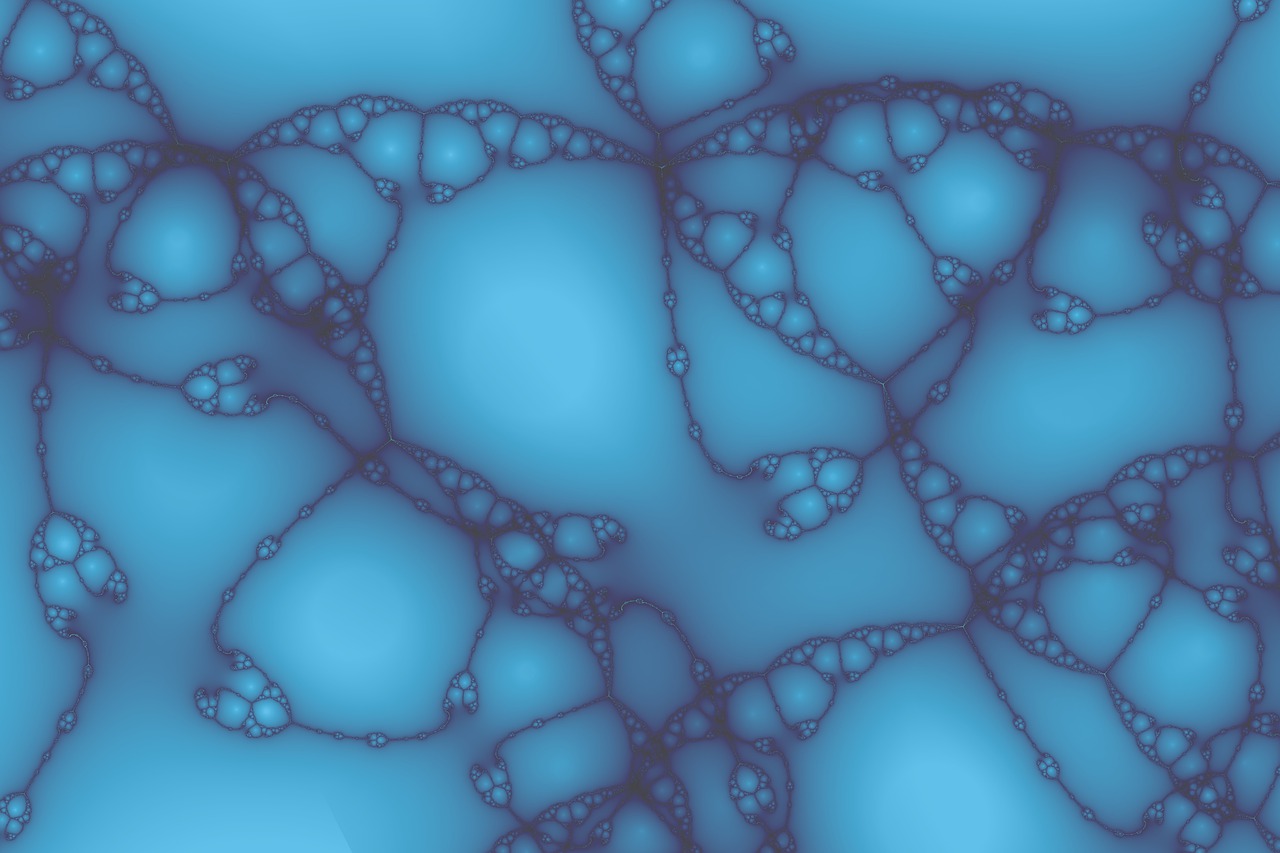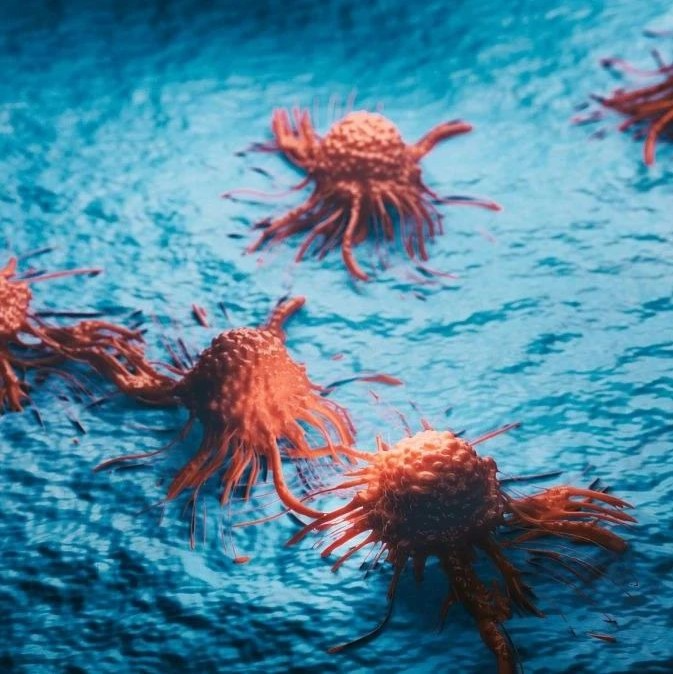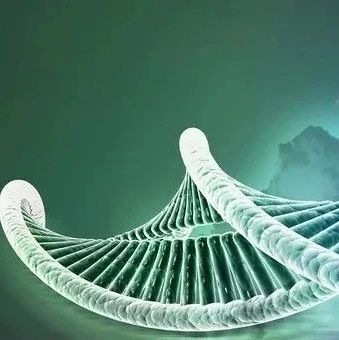日本庆应义塾大学研究人员日前在动物实验中发现,在老鼠小脑中,有两种蛋白质的复合体能促进神经细胞的黏结和成熟。这一研究成果已刊登在新一期美国《科学》杂志上。
研究人员发现,在老鼠小脑的颗粒细胞和“Purkinje”细胞之间,“Cbln1”和“GluD2”这两种蛋白质形成了复合体。这种复合体像“糨糊”一样在细胞之间发挥作用,促进了细胞的黏结和成熟,对于形成和维持神经回路发挥着重要作用。
研究人员说,这一发现将有助于治疗因小脑疾病而导致的运动障碍等。
英文原文原始出处及摘要:
Science 16 April 2010:
Vol. 328. no. 5976, pp. 363 - 368
DOI: 10.1126/science.1185152
Cbln1 Is a Ligand for an Orphan Glutamate Receptor 2, a Bidirectional Synapse Organizer
Keiko Matsuda,1 Eriko Miura,1 Taisuke Miyazaki,2 Wataru Kakegawa,1 Kyoichi Emi,1 Sakae Narumi,1 Yugo Fukazawa,3 Aya Ito-Ishida,1,4 Tetsuro Kondo,1,5 Ryuichi Shigemoto,3 Masahiko Watanabe,2 Michisuke Yuzaki1,*
Cbln1, secreted from cerebellar granule cells, and the orphan glutamate receptor 2 (GluD2), expressed by Purkinje cells, are essential for synapse integrity between these neurons in adult mice. Nevertheless, no endogenous binding partners for these molecules have been identified. We found that Cbln1 binds directly to the N-terminal domain of GluD2. GluD2 expression by postsynaptic cells, combined with exogenously applied Cbln1, was necessary and sufficient to induce new synapses in vitro and in the adult cerebellum in vivo. Further, beads coated with recombinant Cbln1 directly induced presynaptic differentiation and indirectly caused clustering of postsynaptic molecules via GluD2. These results indicate that the Cbln1-GluD2 complex is a unique synapse organizer that acts bidirectionally on both pre- and postsynaptic components.







